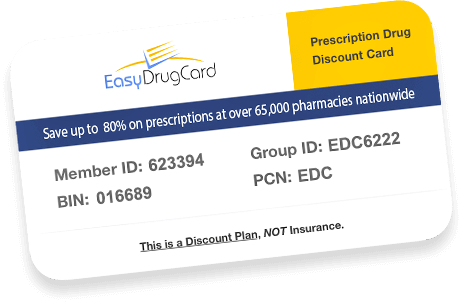Drugs that can Influence Athletic Performance
Statin Drugs and Rhabdomyolysis
Crossfit! Perhaps you’ve heard of it. If you ask Crossfit to define itself, it is an exercise program of constantly varied functional movements performed at high intensity. In my opinion, Crossfit is an elite evangelical exercise religion.
Crossfitters are all in for all-out intense exercise, which is celebrated with brutal “WODs” (workout of the day) often named after women, and cartoon characters such as “Pukey” and “Rhabdo”. The exercise mythology-true, but larger than life-is evident in CrossFit Journal articles such as “Killer Workouts” and “CrossFit Induced Rhabdo”.
“Rhabdo”, or rhabdomyolysis, is a condition in which muscle cells break down and release their contents – potassium, creatine phosphokinase (CPK) and myoglobin – into the general circulation. Patients with “rhabdo” develop muscle pain and weakness and very dark urine as the products of muscle breakdown make their way through the kidneys.

What Drugs Can Influence Athletic Performance? Dr. Rice
The “-statin” drugs – simvastatin, atorvastatin, rosuvastatin, and others – are used to lower cholesterol. Pharmacologically, the statins block HMG-CoA reductase, the rate limiting enzyme for making cholesterol,
The statins are known for muscle issues. About 10% of patients have difficulty taking statin drugs. Sometimes this can be managed by taking the drugs every other day, but this does not work for all patients. According to Lexicomp®, most of the statin drugs produce muscle pain (myalgia) and weakness. The statin drugs increase CPK, a sign of rhabdomyolysis, as well.
And exercise, of course, can have its own muscle issues, like muscle pain (myalgia) and weakness. The purpose of exercise is to stress your muscles causing some shorter term micro-damage and longer term strengthening.
Concerns about rhabdo arise in highly zealous yet poorly prepared athletes who are likely to push their personal limits. The Crossfit legends include former military elites suffering after their initial Crossfit challenges.
While the risk of “rhabdo” is very low in patients who train within their limits, the presence of a statin drug can increase the risk of mild to severe rhabdomyolysis. So, here’s my advice:
- Almost everyone benefits from physical activity of the right kind. Your primary care physician can help you decide if you are healthy enough for various types of exercise.
- Moderation and enjoyment are key to sustaining an exercise program. Choosing an exercise you enjoy and keeping it at a duration and intensity that you look forward to will help you cultivate and maintain your healthy activities.
- Remember that exercise can make your muscles hurt, particularly when you first start. That’s one reason to progress at a rate that is comfortable for you.
- Some drugs may impair your exercise or increase your chances of experiencing muscle pain during and following intense exercise. Your community pharmacist can review your medications and help identify opportunities to optimize your medicines. Rarely should your medications preclude you from exercising. Do not discontinue any medications without the approval of your prescriber.
- It’s important to stay hydrated during and after exercise. Drink lots of water and supplement with a sports drink during longer exercise sessions. If you are drinking enough water, your urine should be light in color.
- Rhabdomyolysis presents with the symptoms of muscle weakness, muscle pain and very dark urine. It is very rare. But if you are concerned about your health at any time, consult your physician or pharmacist, or seek medical assistance.
I often remind my patients and students that there are two goals for medications or therapy: make you feel better and prolong your life. Exercise is an option that happens to do both of these for most patients. Don’t let your medications hold you back from the enjoyment and benefits of exercise. Speak to your doctor before beginning any exercise program.
Resources:
PubMedHealth – Rhabdomyolysis
https://www.ncbi.nlm.nih.gov/books/NBK448168/
CrossFit Journal: Killer Workouts
http://library.crossfit.com/free/pdf/33_05_killer_workouts.pdf
CrossFit Journal: Rhabdo











